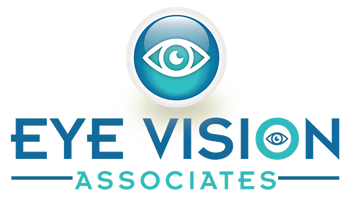February is dedicated to increasing awareness of macular degeneration (AMD) and low vision. Age-related macular degeneration (AMD) is the number one source of visual impairment for seniors. Macular degeneration often results in low vision, a term eye care professionals use to describe significant vision loss that is sometimes known as “legal blindness” or almost total blindness. For those with AMD, a progressive eye disease, damage is caused to the macula, the part of the retina which produces clear vision in the central visual field. The disease causes a vision loss relating to the central vision zone, but typically doesn’t affect the peripheral visual field.
Vision Impairment from AMD usually comes on gradually and painlessly over time but rarely vision loss can drastically appear seemingly overnight. Early symptoms of low vision from AMD include blurred areas in your central vision or unusually distorted vision. Although AMD doesn’t have a cure yet, early detection and treatment is known to stop progression of the degeneration and therefore avoid low vision. For individuals who have already lost acuity, low-vision rehabilitation and aids can help.
Those at higher risk of AMD include senior citizens, females, Caucasians and people with blue eyes, severe hyperopia (farsightedness) or family members with the disease. Risk factors that can be minimized include smoking, hypertension, exposure to UV light and obesity. Maintaining overall physical health and a proper diet has been shown to be preventative.
Individuals who suffer from low vision should consult with an eye doctor about low vision rehabilitation and special devices that can support self-sufficiency. After a thorough examination, a low vision professional can suggest helpful low vision aids such as magnifiers and non-optical adaptive devices such as electronic ''talking'' clocks and large-face printed material.
While AMD is more likely in seniors, anyone can be affected and therefore it is important for every individual to have a yearly eye exam to assess eye health and discuss preventative measures for AMD and low vision.
